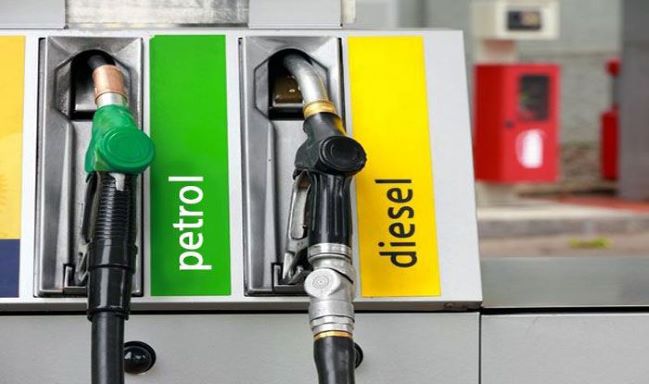Report Finds India’s EV Budget Just a Third of Fuel Subsidies

The fuel subsidies given to petrol and diesel between October 2018 and June 2019 was almost three times the three-year government budget for electric vehicle (EV) support in India, a new study said.
While releasing the study, Global Subsidies Initiative (GSI) of the International Institute for Sustainable Development (IISD) said the government could redirect the “money collected in tax via petrol and diesel towards EVs and see far more growth”.
| KEY FINDINGS
• The rising trend for EV subsidies in India has been strengthened by the addition of Rs. 10,000 crore (USD 1.4 billion) for FAME II from FY 2020 to FY 2022. • Subsidies for petrol and diesel, which had been declining since FY 2014, have seen a sharp increase: cuts to excise and OMC margins resulted in foregone revenue and market price support of INR 26,957 crore (USD 3.9 billion) from October 2018 to June 2019. • The funds would have been better spent supporting India’s transition to EVs and renewable energy rather than sheltering petroleum-reliant technology from the volatile international oil market. • EVs can reduce toxic air pollution relative to conventional vehicles and, importantly, shift emissions out of cities with benefits for quality of life and health. The benefits of EVs will improve as India transitions away from polluting coal based electricity. • Shifting fuel taxes and subsidies to renewable energy would have a triple benefit for air pollution: lower incentives for using petrol and diesel, reductions in air pollution from coal-fired generation and improved environmental credentials of India’s EVs. |
Despite the commitment to reduce air pollution and achieve at least 30 percent of new vehicle sales being electric by 2030, the government heavily subsidised conventional transport by Rs 26,957 crore over the last nine months, far outpacing the Rs 10,000 crore spending over three years on its flagship EV program and faster adoption and manufacturing of electric vehicles.
“The cuts to fuel excise and oil company margins announced late last year resulted in a major drop in government revenue. The money would have been better spent in supporting India’s ambitious agenda to adopt EVs and renewable energy rather than perpetuating dependence on petrol and diesel,” IISD Associate Tara Laan said in a statement.
Our country is heavily reliant on fossil fuels in the transport sector, which contributes to greenhouse gas emissions and alarming levels of air pollution. Transitioning to EVs could reduce the level of toxic air pollutants relative to conventional vehicles and shift the source of these emissions away from cities. “With the decision to reinstate the fuel excise and further lower GST on EVs, the government is back on the right track,” added Purva Jain, GSI India Program Consultant and co-author of the report. She suggests that redirection of these towards EVs to reduce dependence on imported crude oil and improve air quality. “It should also allocate some of the fuel excise and road and infrastructure cess to boost support to EVs,” said Jain.
“Price cuts for petrol and diesel have the opposite effect, sending motorists a price signal to continue using fuel and, more importantly, a message that the government intends to intervene when international oil prices escalate.”
A main recommendation of the study is to reallocate subsidies for oil and fuel to programs that support India’s clean energy transition, including implementing additional policies that would support the EV market. “We recommend that government implements pricing policies that promote EV charging during times when renewable electricity is being generated,” said Laan.
“In addition, electricity distribution companies need to be supported in strengthening the grid to accommodate a growing supply of renewable sources and growing demand from EVs.”
To read the report click here




